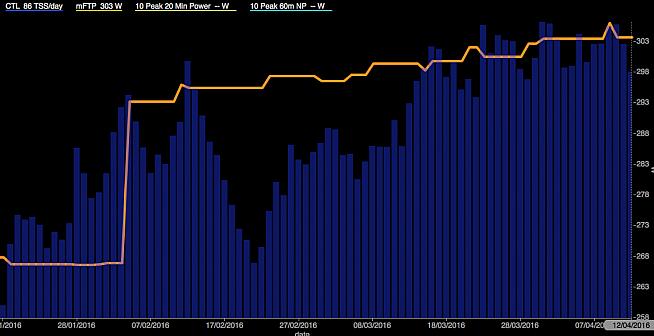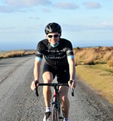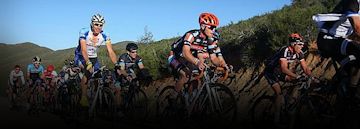.........now you focused your training on QUALITY?
Around this time of year I get a bunch of questions about POWER and what it actually means for people in the real world out riding their bikes. There is a lot of science and engineering behind this but given that I neither have a PHD, and my only claim to being an engineer is owning a toolbox, I am not going to try and dazzle you with a lot of jargon just to make me look, on the surface, a lot cleverer than I am.
You need to generate power on a bike to overcome three primary forces:
- Air resistance.
- Rolling resistance.
- Gravitational resistance.

You can generate power on a bike two ways:
- Turn your legs faster.
- Turn a bigger gear.
Over the years the number of gears available to us has increased from......well none to lots. This means that you can now fine tune the trade off between how fast you want to pedal with how big a gear you want to turn. My job as a coach is to try and optimise and improve this for you so that your power increases over the course of a season.
I love this time of year as this is when all the hard work I have put in over the winter starts to bear fruit in terms of increased power. Below is a graph showing how my power has improved over the last 3 months. The orange line is my threshold power and the blue bars are my training load. You can see a large jump in power just after I completed my winter training at the start of February and it has then been building gradually ever since. So far it has risen from 266w to 303w, a 14% increase. By the end of my build period of training I am hoping that this will rise to around 320w.

Let's assume that conditions are constant and that the weight of my bike with bottles and me (78kg) are also the same. What time difference is there between 266w in January and 303w today?
Alpes D'Huez - 11.9km at an average gradient of 9%.
At 266w = 65 minutes
At 303w= 57 minutes
Col de la Ramaz - 13.4km at an average of 7%
At 266w = 59 minutes
At 303w= 52 minutes
Col du Glandon (West) - 29.7km at an average of 4%
At 266w = 88 minutes
At 303w= 80 minutes
These are pretty significant time differences and the steeper the gradient the more these differences are amplified. For those of you doing alpine events this year, taking in say 4 major cols, you could be SAVING UPWARDS OF 30 MINUTES if you now focus your training on PERFORMANCE and building POWER.
But what about weight I hear you shout? Yes there are definitely two sides to this equation especially on hill climbs but, and this is a massive BUT......if you are focusing your training on performance then you kinda have to accept the weight that you are currently at. You just can't significantly improve performance and lose weight at the same time. It just wont work. I have tried it and I can tell you it is a recipe for failure.
If you agree that significantly improving performance by building power are your main aims right now then take a look at our new 8 Week FTP Development Training Programme. I have designed this programme specifically for this time of year when you are a couple of months away from major events and want to significantly improve your performance.
What do you get?
- Time efficient training programme that is structured, progressive, measurable and achievable.
- Three workouts per week that can be ridden as part of a road ride or as a dedicated workout on an indoor trainer.
- Perceived effort, heart rate zones and power targets for each workout interval.
- Fortnightly email support from Level 3 Coach.
- Advice on additional training rides.
- Threshold heart rate, power test and training zone calculator.
- Propello mailing list for blog articles, training advice, event strategy, nutrition articles and much more....
- Ability to upgrade to Individual Coaching with current training programme cost refunded.
- Money back guarantee - if you are not 100% satisfied with the results we will give you your money back.
I hope that you take advantage of this offer and get your training focused on quality improving your PERFORMANCE. If you are interested in finding out more of the science and engineering behind this stuff and work out your own local climb times then this website is a great tool http://bikecalculator.com/index.html
Any questions then please email me at [email protected]
Rob Wakefield is a fully qualified Level 3 Cycling Coach with the Association of British Cycling Coaches and founder of Propello, a cycling focused health and fitness business delivering Performance Training Programmes and Bespoke Coaching to cyclists anywhere in the world.
All cyclists who are looking to improve their speed, endurance or strength will benefit from a structured training programme. Propello Training will improve how your muscles, lungs and heart work and will enable your body to transport and utilise fuel effectively - making you faster and stronger for longer.
Click here to learn more about Propello.
0 Comments







